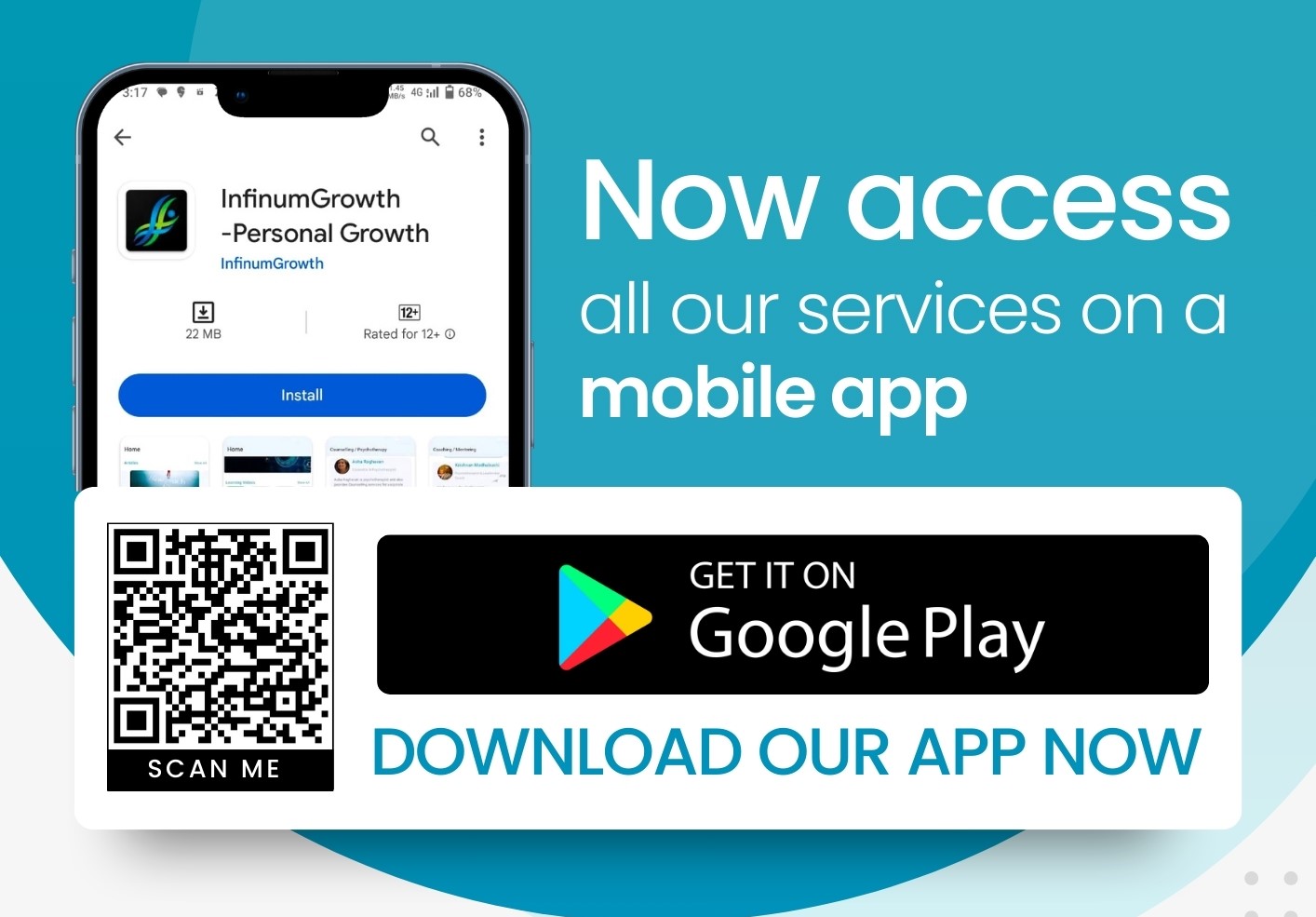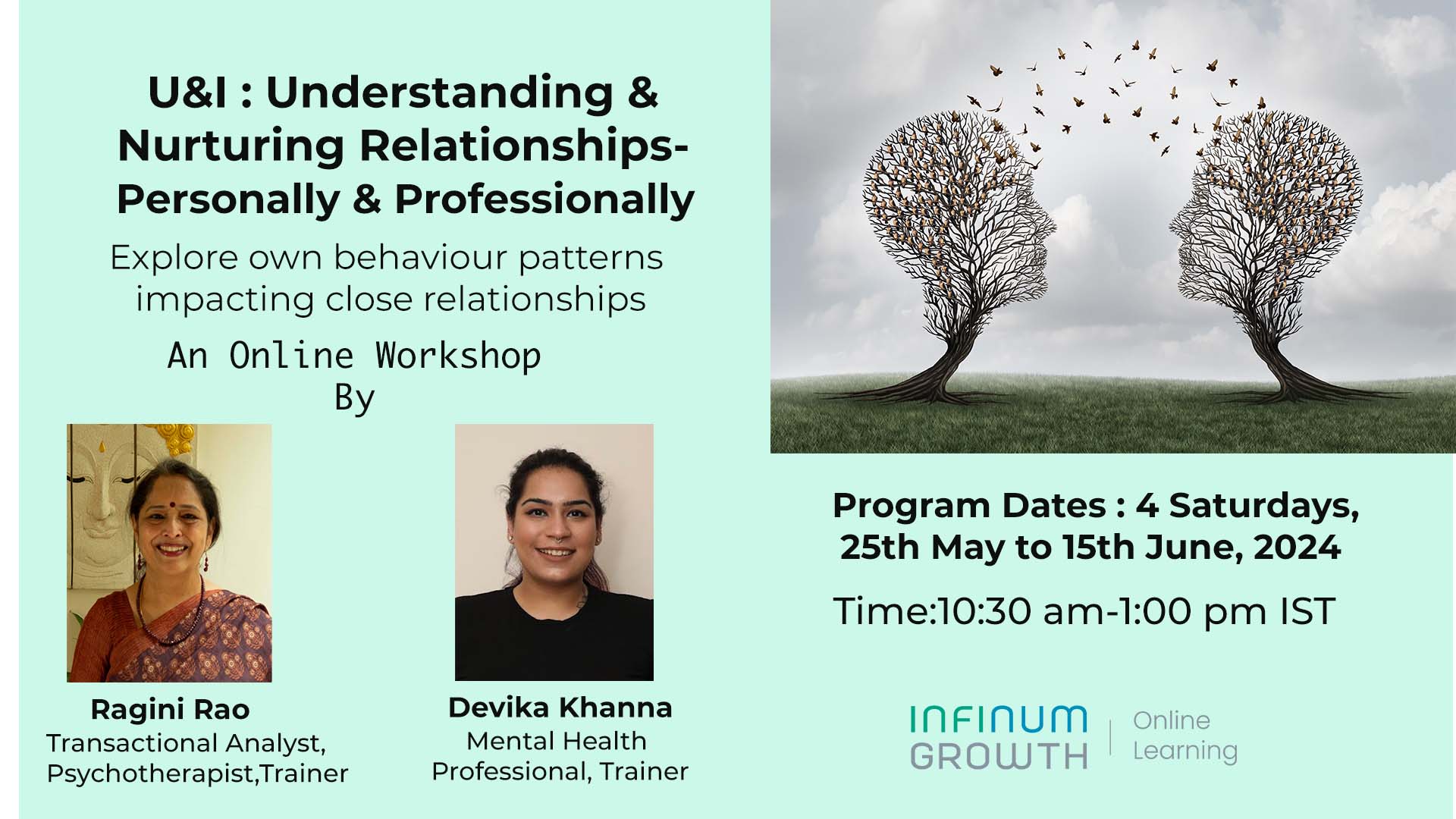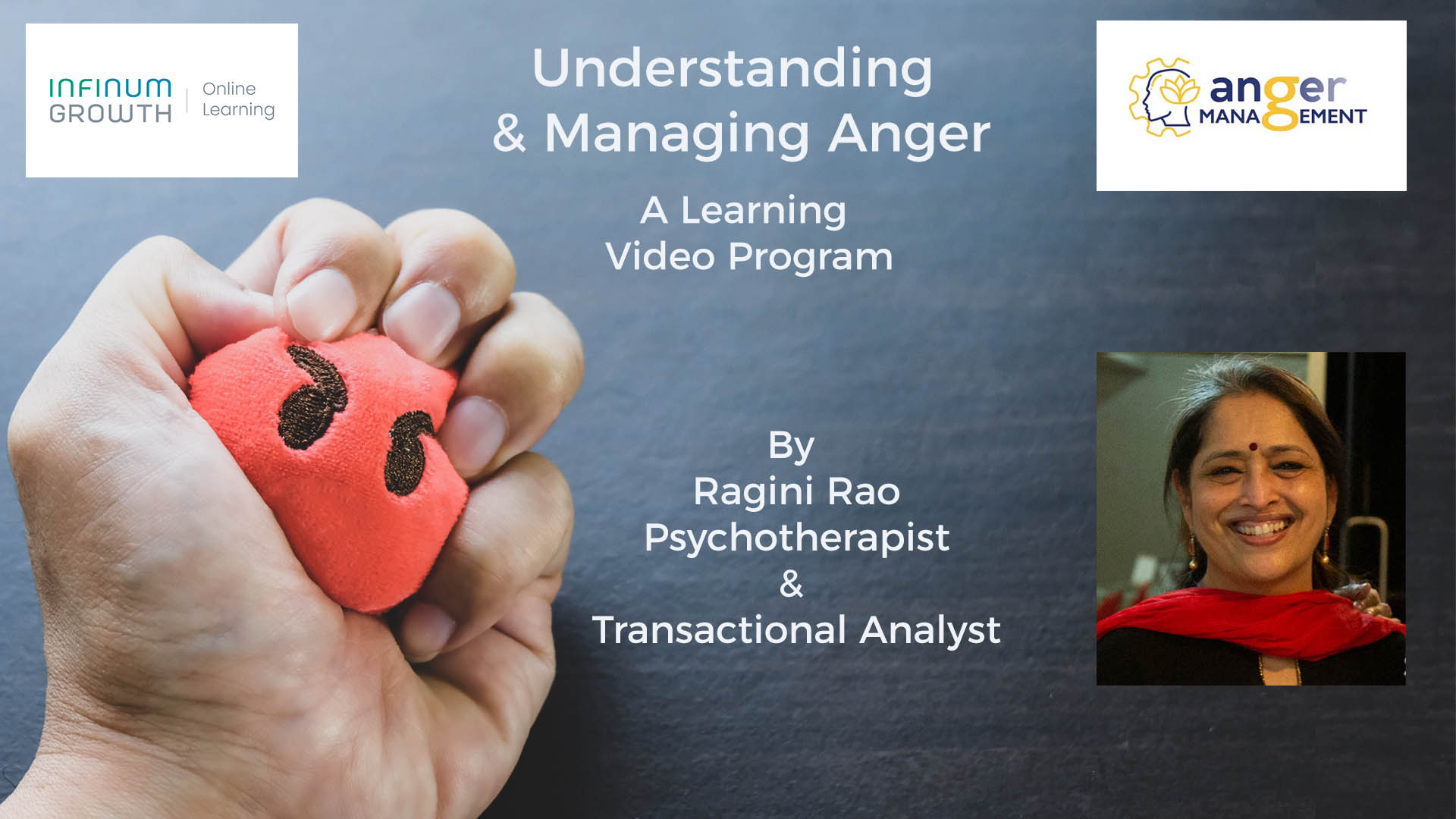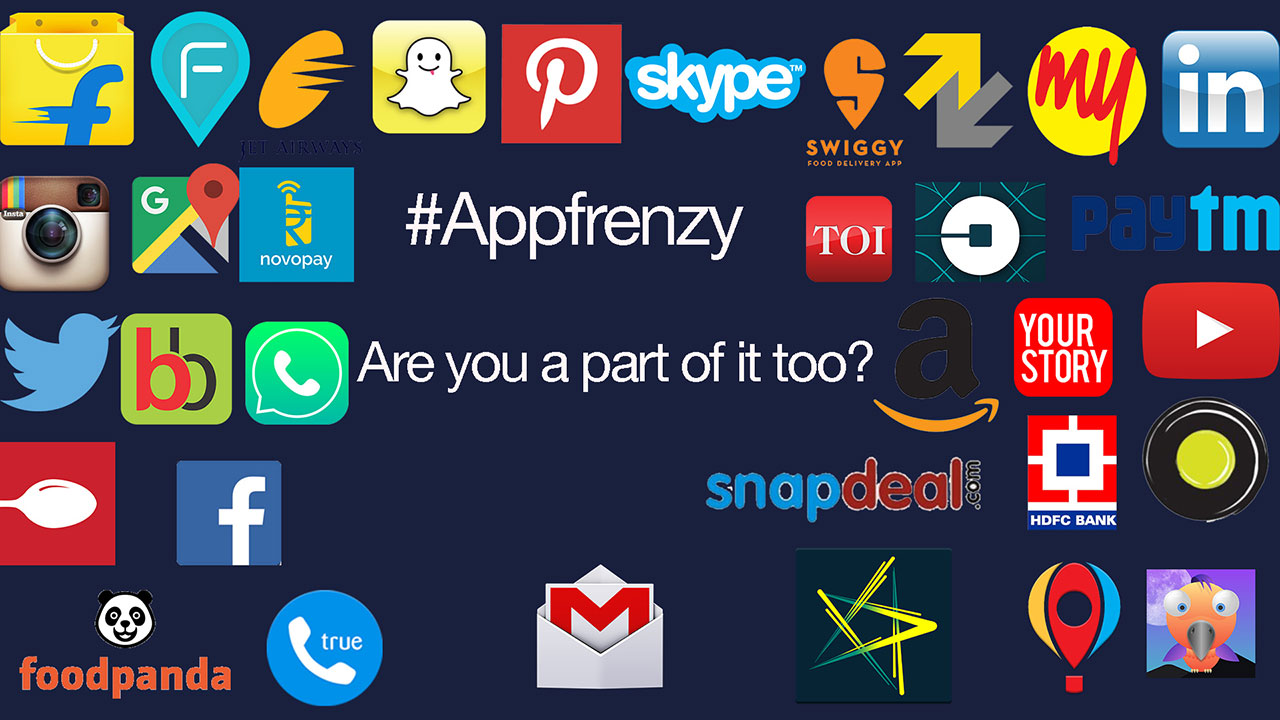Often, we come across reports saying that over 90% startups fail after the initial activity. This was true a couple of years back; and it remains true even today.Why does this happen? Why is it that smart ideas, which motivate young, bright minds to take a plunge into entrepreneurship, fail to take off?
The typical conclusion we hear – the product idea was not able to generate sufficient market response.
True. But was it the fault of the idea or the execution?
Experience says, it was more of the latter. Startups tend to lose too much time in arriving at the eventual Customer Acquisition Model.
Fundamental questions that shape startup success
Before going further, let’s look at four, oft repeated, but fundamental questions, that need to be addressed, before launching a new product. These really are the determinants of startup’s success.
- Is the product solving a genuine problem? Is it meeting a genuine need of some set of customers?
- Is the product priced well enough to quickly attract customers; and yet have a positive unit economics?
- Is the potential market size of the product large enough to be seen as a huge opportunity? The kind that would make investors excited?
- Is the business having a realistic and effective plan of reaching out to customers and delivering the product? In other words, does it have an effective customer acquisition model?
Customer Acquisition Model – the common cause for failure
The fourth question is really the one that eventually decides the fate of the business. Successful startups are quick to define their customer acquisition model and go for it. It sets the business on track; and helps demonstrate the team’s capability in driving growth and success.
Investors gain confidence; and subsequent rounds of investment, which are so critical to sustain rapid growth, come through on time.
Investors need to be assured that
(a) there is a genuine market need being met by the product. This can only be proven if the end customer has paid for it; and done a few cycles of repeat business.
(b) there is an effective customer acquisition model that ensures a large volume of potential customers can be reached.
Businesses that fail, typically tend to be struggling in customer acquisition; mainly because they were running in the wrong direction.
Their subsequent rounds of funding, after the angel or seed rounds, would therefore, have got delayed. Investors prefer to wait and watch rather than commit immediately. The common response is “let’s review after a few months”.
As cash in hand reduces, the team gets downsized to reduce the burn rate. The founders start losing focus; spending precious early stage time trying to chase funds, instead of chasing customers.
The founding team needs to be a balanced one
Working to build a credible growth path, within a limited time frame, is key. The founders need to understand that the initial round of funds raised must be used effectively to ensure investors gain confidence; and they are quick to support with the next round.
A typical issue a startup team faces is one of team imbalance. More often than not, the original team comes with experience in technology or product management. One of these founders puts on the business development hat; but probably lacks experience in that role.
This leads to cycles of experimentation – failure – pivoting.
This is the main reason for losing time and burning precious capital.
Key steps to build an effective Customer Acquisition Model
In order to avoid getting into trial and error cycles, the founding team must do the following
- Ensure there is complete clarity on the Product features, Pricing and target customer profile before Customer Acquisition starts. Pre-launch market research is essential for this.
- It is important to ensure that there is an experienced sales and business development person in the core team; someone who has knowledge of different sales channels; their methods and costs; and ideally, has some strong connect with potential customers.
- The sales specialist in the team needs to start the dialogue early with prospective customers; even as product development is on, in order to start assessing the chances of success.
- As the product prototype gets ready, it is worth inviting experienced business strategy and development professionals to give advice.
- Check out the two or three best paths to market, in parallel, by meeting the prospective customers or intermediaries.
- Decide upon the one acquisition model to adopt, based on (1) speed to reach market (2) cost of reaching the market and (3) assured chances of raising revenues.
- Do not be hesitant to price the product to meet (1) cost of making and delivering (2) reasonable margins to ensure positive unit economics (3) yet, being at an acceptable level with customers in terms of justifying the delivered value.
- Promotional offers could be defined after the full pricing has been decided. These offers help on board the first lot of customers quickly.
- Once the Customer Acquisition Model is clear, look around to build collaborations with other businesses that could help reach the target audience faster and in a large way.
- Have a small but experienced and committed advisory board that can be frequently tapped for inputs.
Remember, ultimately it is the paying customer who will decide the fate of the business. The faster we acquire them, the surer we are about survival.
Defining the correct Customer Acquisition Model at the earliest is critical.
Click to check out the learning video program Customer Acquisition – 5 key questions to define the model by Sridhar Rao
Please do leave your comments at the bottom and do share with others if you like this article.















Excellent article Sridhar. Eye opening write up.